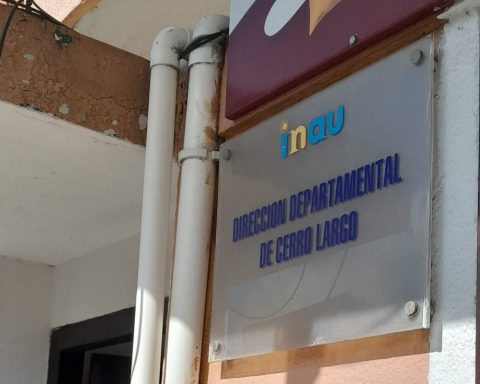The Wholesale dollar chained this Friday its tenth consecutive fall in the Uruguayan exchange market. This Friday, the interbank traded in the paverage of transactions at $43.04, down 0.3% compared to Thursday. In total, US$ 23.2 million were operated this Friday through Bevsa and there was no intervention by the BCU, as has been its policy in recent weeks.
In the week, the greenback fell 1.6%, while so far this year it fell 3.6% against the Uruguayan peso (-$1.7) and returned to the levels of October last year. On the BROU public board, the dollar closed this Friday at $41.85 for purchase and $44.15 for sale.
Does it only go down in Uruguay?
The portal specialized in finances Personal Sherpa published a regional comparison on his Twitter account with five countries with the evolution of the dollar in different markets in the region since the beginning of 2022.
It follows that Uruguay is, so far, the pemerging country from that list that appreciated its local currency the least against the dollar this year. Brazil, the reference market for Uruguay, leads with a depreciation of the dollar against the real of 6.7% compared to the end of 2021, followed by Peru (-6.2%), Chile (-5.2%), Colombia ( -3.7%) and closes Uruguay with a 3% drop in the dollar against the Uruguayan peso.
What is explaining this phenomenon?
The recent weakness of the dollar coincides with a strong appreciation of different commodities at a global level. “Essentially what is happening is coming from the international scene,” commented the economist Aldo Lema in interview with 100% Markets rural radio.
The expert indicated that for Uruguay the “relevant currency” is the yuan, whose behavior has been one of appreciation in recent months. In that sense, he said that today it is “more relevant” to see what is happening with the Chinese currency than to see what is happening with the price of the dollar in Argentina, given that Uruguay has reduced its exposure to the region.
On the other hand, he added that despite the fact that the Fed announced that it will begin to raise interest rates and has already begun to withdraw stimuli, the dollar has weakened against the euro and other relevant currencies in recent days.
Lema admitted that in his “baseline scenario” he did not expect a rebound in the price of commodities —as is taking place— for the start of this year, and gave as an example the price of soybeans bordering on US$600 per ton, the recovery of beef, dairy and cellulose.
The director of Vixion Consultores considered that the The weakness of the exchange rate is not tied to the more restrictive policy being carried out by the Central Bank of Uruguay (BCU) because other countries in the region are also following the same path, case of Brazil, which has a rate above 10%. The last reference rate set by the BCU was 6.5% and it anticipated two additional increases of 0.75% for its next two meetings of the Monetary Policy Committee (Copom).
“The reason why the Uruguayan peso is strengthening is that we are experiencing a scenario of extraordinary international prices,” Lema considered. He added that this should be interpreted as “good news” rather than “bad” for emerging countries where their currencies appreciate in the face of a cycle of economic growth.















